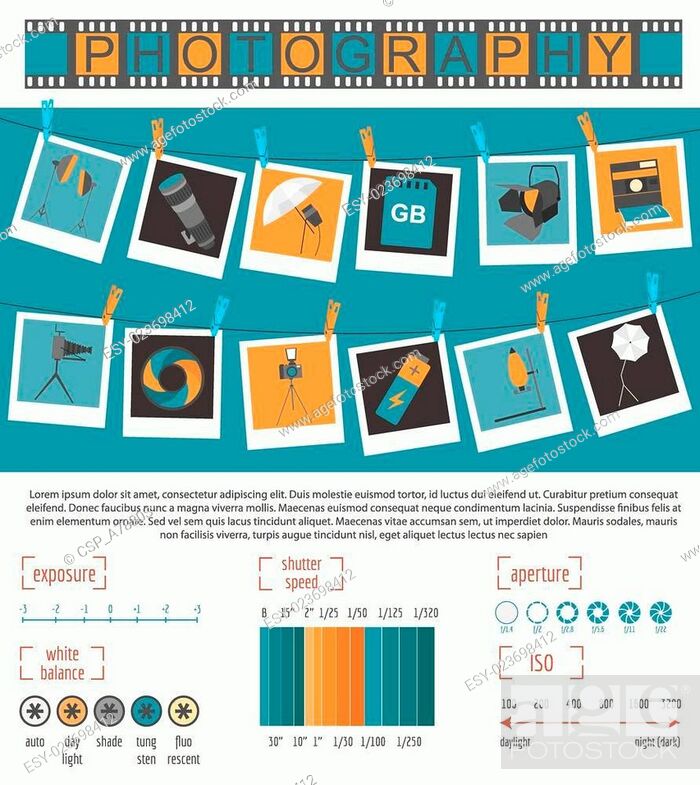What Every Digital Photographer Must Find Out About Lighting
What Every Digital Photographer Must Find Out About Lighting
Blog Article
Developed By-Gillespie Ibrahim
As a digital photographer, you recognize that lights can make or damage your photos. Understanding the subtleties of both all-natural and synthetic light is crucial for catching the mood and clearness you go for in your job. Whether you're going after the ideal gold hour radiance or fine-tuning your artificial setups, mastering these elements can boost your photography substantially. Yet there prevail risks that several forget, and acknowledging them can transform your approach to every shoot. Let's explore what you could be missing out on and exactly how it can impact your outcomes.
Understanding Natural Light
Comprehending natural light is vital for any professional photographer wanting to enhance their work. It's the structure of wonderful photography, affecting mood, tone, and clearness. When you shoot outdoors, pay attention to the moment of day. The golden hour-- soon after sunrise and prior to sunset-- supplies soft, warm light that can change regular scenes right into spectacular photos.
Don't undervalue the power of overcast days. Cloud cover diffuses sunshine, producing a soft, also light that's best for portraits and macro digital photography. You'll find colors pop in this kind of lights without harsh shadows.
Positioning issues, too. Always consider https://telegra.ph/Easy-Ways-To-Enhance-Your-Portrait-Photography-01-08-5 to the light. If the sun's behind your topic, you may end up with a shape, which can be dramatic but mightn't be what you desire. Conversely, straight sunlight can produce unflattering shadows.
Explore angles; often, altering your perspective can produce incredible outcomes. Usage Suggested Web site -natural reflectors, like water or sand, to bounce light onto your subject, adding dimension.
Learning Artificial Light
Grasping fabricated light is vital for professional photographers that intend to take their abilities to the next degree. Whether you're making use of speedlights, workshop strobes, or constant lights, understanding exactly how to control these sources can considerably improve your photos.
Start by acquainting yourself with the fundamentals of light top quality, instructions, and shade temperature. Try out different modifiers like softboxes, umbrellas, or grids to control the softness or violence of the light.
You'll discover that soft light typically creates lovely results, while harsher light can add drama and depth. Don't avoid darkness; they can boost the three-dimensionality of your subjects.
Pay attention to the placement of your lights. A light positioned as well near your subject can develop uncomplimentary results, while also far away can lead to a lack of information. Make use of a light meter or your electronic camera's histogram to guarantee you're revealing appropriately.
Last but not least, keep in mind that man-made light can be blended with ambient light for creative effects. Stabilizing these resources might take practice, but once you master it, your photography will really beam.
Strategies for Different Situations
When you step into various shooting circumstances, adapting your illumination techniques is crucial for capturing the best pictures. For exterior pictures, make use of the gold hour-- early morning or late afternoon light-- to soften shadows and boost skin tones.
If it's a severe noontime sunlight, consider using a reflector to jump light back onto your subject or look for shaded locations for an extra also direct exposure.
In https://www.mtairynews.com/news/87577/arts-camp-scholarships-available -light scenarios, like interior occasions, enhance your ISO and use a broad aperture to let in more light. A tripod can help remove electronic camera shake, allowing for longer exposures without obscuring.
If you're contending evening, trying out off-camera flash to produce vibrant lights and depth in your images.
For product photography, use diffused illumination to avoid severe reflections. Softboxes or light tents can assist achieve this impact.
When photographing landscapes, take into consideration the instructions of light and time of day, as it can significantly alter the state of mind of your shot.
Constantly be ready to change your settings and placing based upon the scenario, as adaptability is crucial to mastering lights in digital photography.
Conclusion
In conclusion, understanding illumination is vital to elevating your photography abilities. Embrace all-natural light's elegance during gold hour, and don't shy away from experimenting with artificial light techniques. By adapting your approach to various situations, you'll catch stunning pictures that resonate with emotion and clearness. Keep in mind, the appropriate lights can change a regular shot into something amazing, so keep practicing and refining your understanding of both all-natural and fabricated light. Satisfied shooting!
